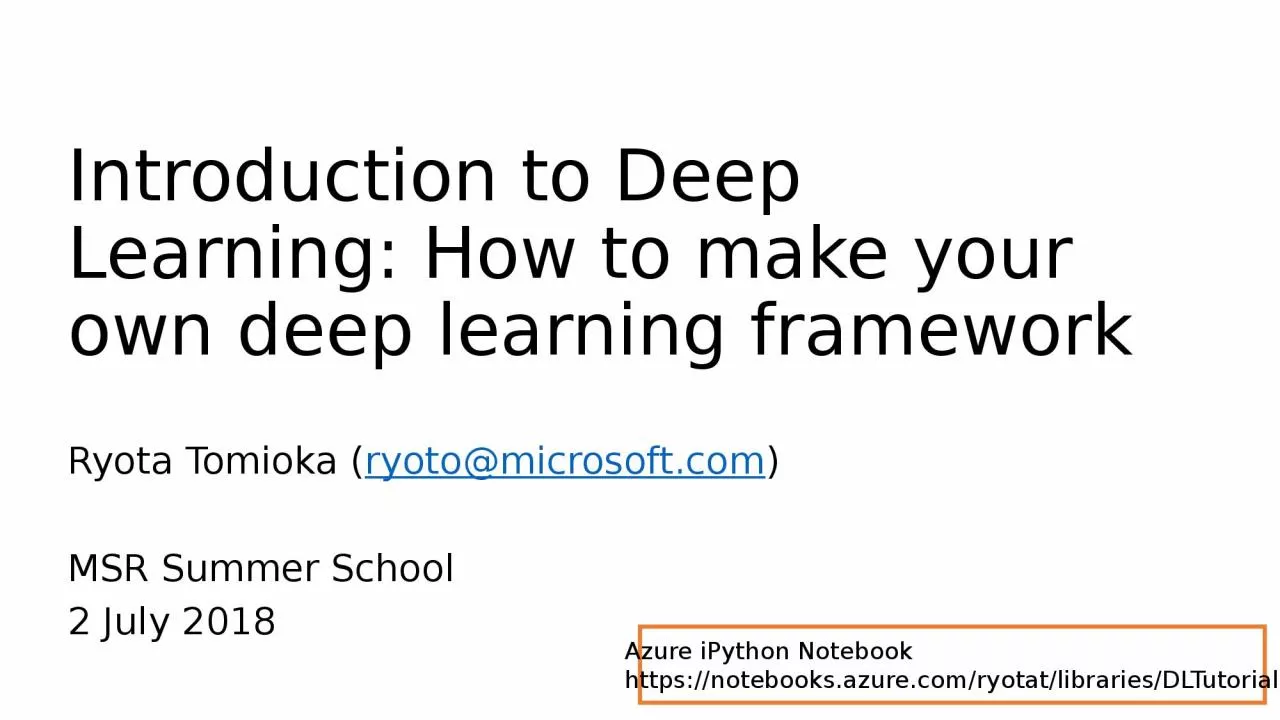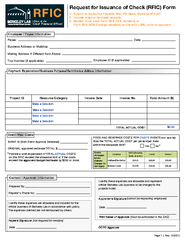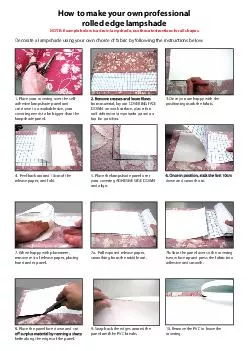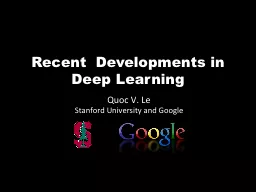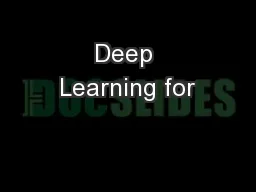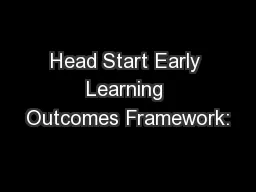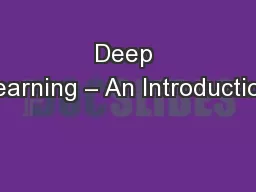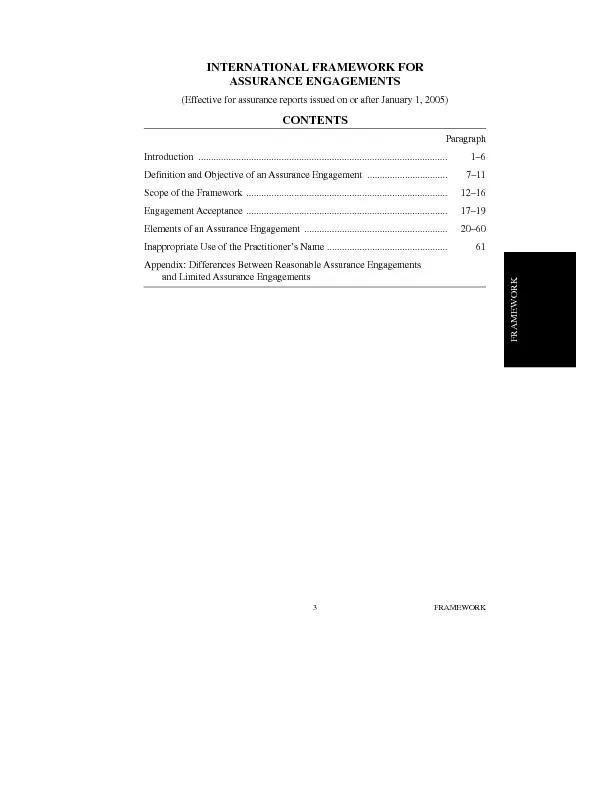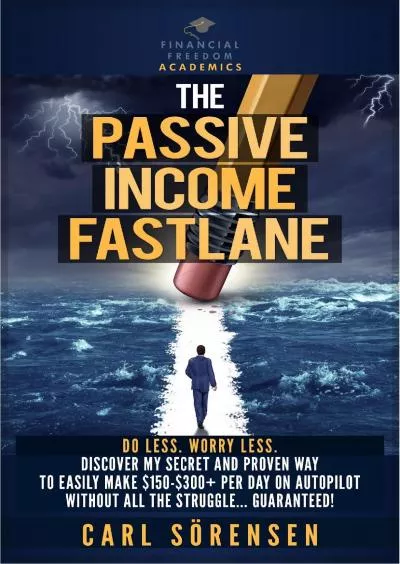PPT-Introduction to Deep Learning: How to make your own deep learning framework
Author : StarsAndStripes | Published Date : 2022-08-01
Ryota Tomioka ryotomicrosoftcom MSR Summer School 2 July 2018 Azure iPython Notebook httpsnotebooksazurecomryotatlibrariesDLTutorial Agenda This lecture covers
Presentation Embed Code
Download Presentation
Download Presentation The PPT/PDF document "Introduction to Deep Learning: How to ma..." is the property of its rightful owner. Permission is granted to download and print the materials on this website for personal, non-commercial use only, and to display it on your personal computer provided you do not modify the materials and that you retain all copyright notices contained in the materials. By downloading content from our website, you accept the terms of this agreement.
Introduction to Deep Learning: How to make your own deep learning framework: Transcript
Download Rules Of Document
"Introduction to Deep Learning: How to make your own deep learning framework"The content belongs to its owner. You may download and print it for personal use, without modification, and keep all copyright notices. By downloading, you agree to these terms.
Related Documents

